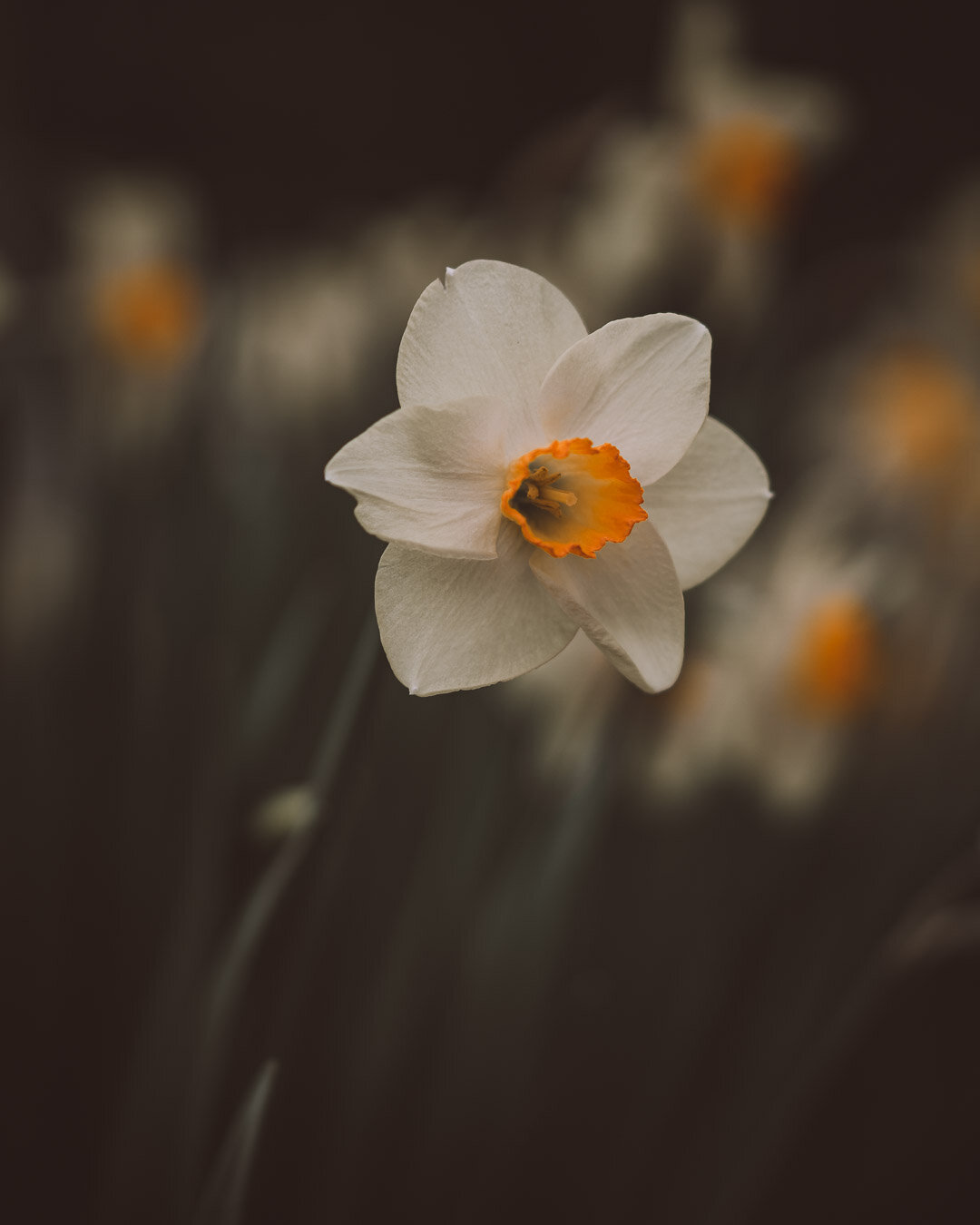What to photograph during quarantine
It’s been more than a month since we started our state-ordered quarantine. Before that, we have already spent several weeks on self-initiated quarantine. In short, it’s been a while since I took the last travel or landscape photo.
Staying at home doesn’t mean we can’t practice and improve photography.
My suggestion is to pick up your favorite subjects - they could be your kids, pets, plants, gadgets, or even yourself. You’ll be surprised how fast your photography skills will improve, just by practicing at home!
The following are my top 4 favorite subjects.
1 - My kids, no doubt!
I’d be shocked that this won’t be on top of any mom’s list. Depending on your kids’ age, it could be easy or difficult.
I have written an article 8 years ago about how to photograph babies and toddlers. I was not a mom yet, and it was a serious learning curve to deal with all the little fingers and toes. After photographing hundreds of babies and toddlers, I could confidently say that I adopted some useful skills to photograph my own kids from day one. (Check out how to photograph your kids in candid style in my 30 day photo tips online ebook).
If you mostly photograph your children indoors, and do not have access to big windows, and well-lit garden or yard, I’d highly suggest getting a fast lens (typically marked with a small f-stop value on the lens such as f2.8, f2, f1.4, or even f1.2) with mid zoom range anywhere between 24-70mm. The smaller the f-stop, the wider the aperture, the more light will get through your lens, and the more flexibility you have to create images even in low light. (Check out my detailed lens tips in my 30 day photo tips online ebook)
If you are a beginner DSLR photographer, start with a prime lens, aka non-zoom lens. Typically the lens is smaller, lighter and faster. Something like 35mm or 50mm, with f1.8 or lower would be a great choice. Notice the smaller the f stop, eg. f1.4 or f1.2, the more expensive the lens is. See how I downsized to one camera and one lens last year.
OK - why I’m talking about equipment, you might ask. Didn’t I say you can improve photography without upgrading camera?
To certain degree, photography is the art of light, as well as observation. The former is about the basic requirement, the latter is about composition and creativity. You can always improve your composition and creativity with any equipment you have, but without the light, the basics, your creativity will be limited. (Check out my 30 day photo tips online ebook for more tips)
2 - Plants
This was a new hobby acquired 2 years ago. I found myself photographing my plants constantly.
Like a person, a plant has its good and not so good angles. You have to try many different angles, top down, bottom up, with the bright background, with the dark background etc. The more you practice, the more beauty you see, and the more joy you feel.
Photographing plants typically will involve getting your interior or deck decor in the same frame. There may be lines and patterns of walls, furniture or windows. I’d pay attention to my composition and see whether these lines and patterns are complementary and not distracting.
To achieve a clean image, I often use shallow depth of field to blur out the background. When you do that, make sure the background is clean and has minimal patterns or colors. It will enhance the importance of your main subject. Here’s my long advocated Less Is More - 7 Approaches To Create Simple Yet Strong Composition.
Camera and lenses are less important when photographing the plants. Most of my plants are placed close to the window or in the front or backyard. There’s sufficient light to work with, so I focus most of my energy on selecting the angle and background.
3. Self Portrait
I love taking photos, but don’t get in front of the cameras often. I never hired any professional photographers to take any pictures for me or my family except my wedding ceremony.
When I was pregnant for the first time, I finally invested some time in doing self portrait.
See following some examples. They don’t look like the typical pregnancy photoshoot you will find online, but reflect the candid style I like.
Of course, self portrait requires a tripod, and a remote shutter (see what’s in my camera bag). These days we can use smart phone to control our DSLRs through blue tooth, so you can not only control your shutter, but also preview the composition on your phone. It makes things so much easier!
There are a few tips about indoor self portrait I find easy to implement:
Window light is always a good source. I was facing the window in the pregnancy shots above. The window was on the left in the 3 images above, and on the right in the 3 images below. But I was a lot closer to the windows in the 3 images below. You can see the contrast on the face and the wall.
Which one is better? It probably doesn’t matter. But I’d say the 3 images below are more dimensional due to the light.
If you don’t have a full frame camera with good low light performance, or at least a fast lens, I’d suggest standing closer to the window. (Check out more window light tips in my 30 day photo tips online ebook)
If you’d like to photograph full body, and are not particularly tall, it’s important you don’t set the camera too high on the tripod. Try to set it at your chest level or below, and tilt the lens a bit upward. By all means avoid tilting the lens downward, or you’ll likely generate a big head and short legs.
Pose is important. Step one leg in front of your body will create a better length proportion.
Use a mid-range zoom lens between 24-70mm. Unless you have a huge room with tons of space between you and the wall behind you, do not use a telephoto lens.
Find a clean wall as your background
Please check out more selfie tips in my 30 day photo tips online ebook.
4. food
I’d love to call myself a foodie.
When I was pregnant for the first time 6 years ago, I developed a serious hobby to cook! See How To Use Landscape Photography Equipment On Food
I’m not suggesting I’m a great cook or a great food photographer. But the point is taking photos on something you love will give you so much joy. And more importantly, you can improve your photography without upgrading your camera just by practice, practice and practice.
Now that I gave you a few examples, perhaps you will figure out your next subject. It’s the perfect time to improve your photography skills. You do not have to travel anywhere.









































Discover 7 proven techniques to elevate your travel photography from ordinary snapshots to compelling stories that capture authentic moments. Learn how to compose faster, work with any lighting condition, and create images you're genuinely excited to share—without expensive gear upgrades.